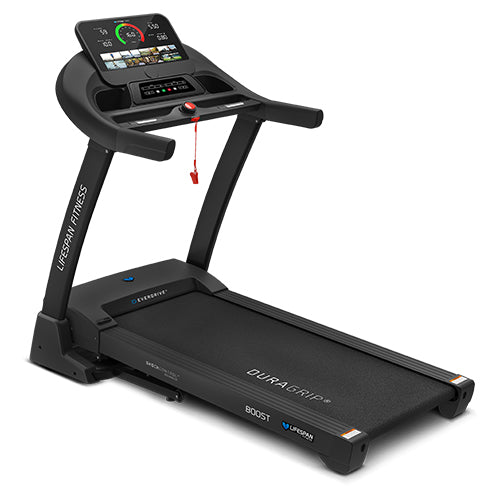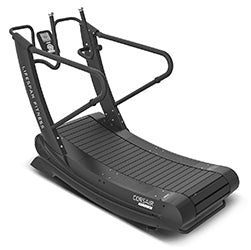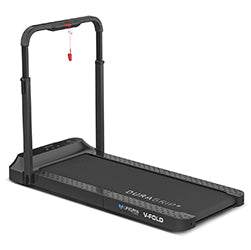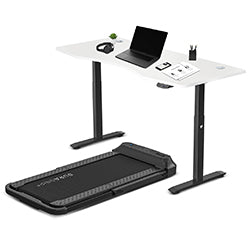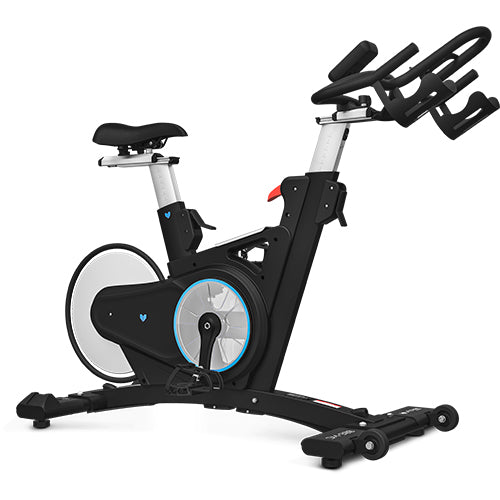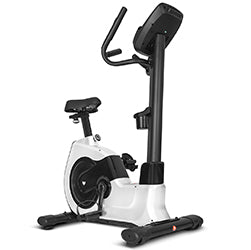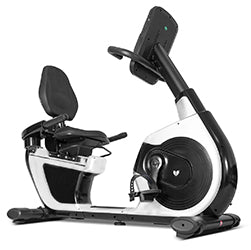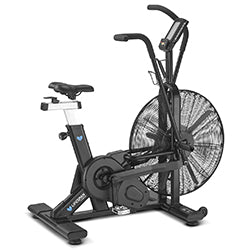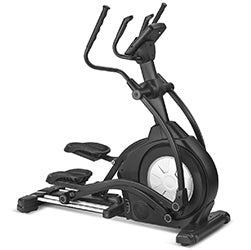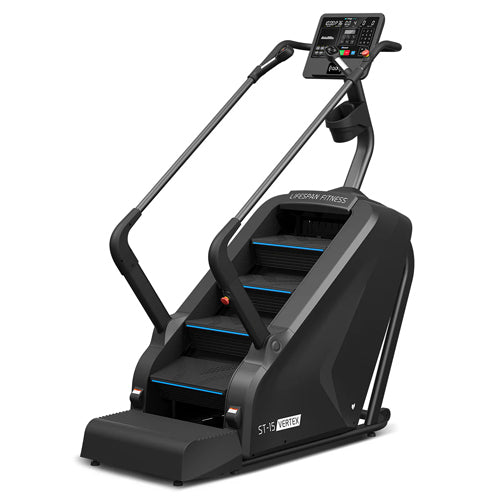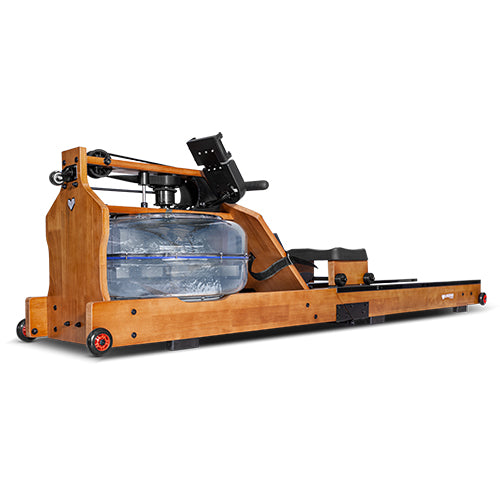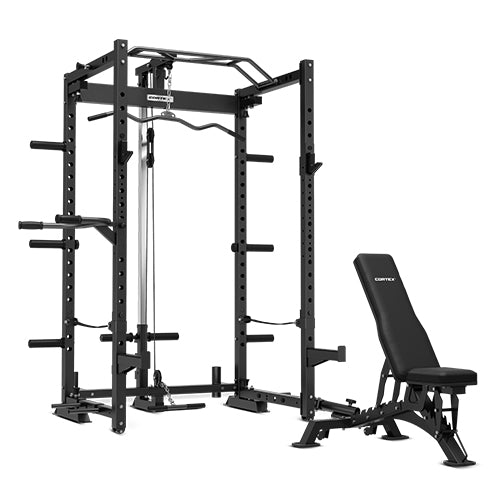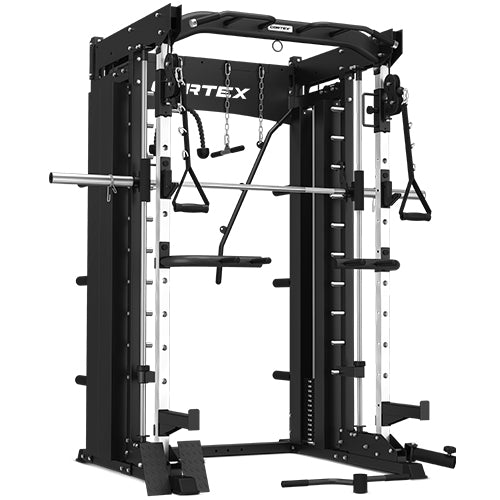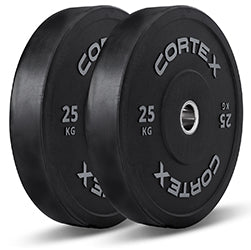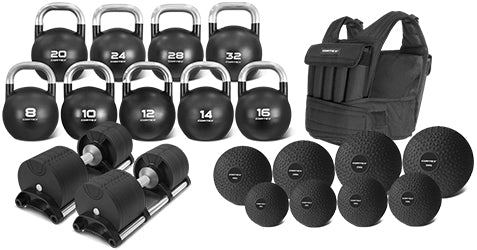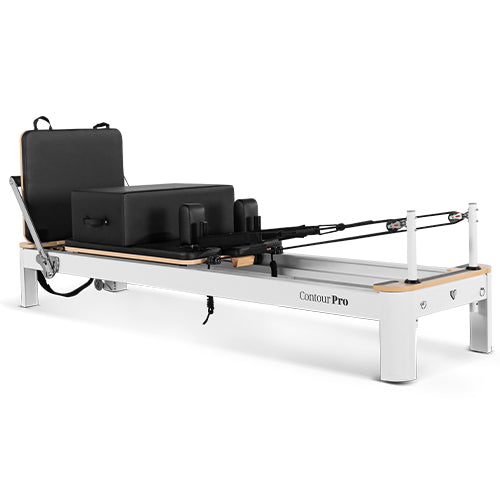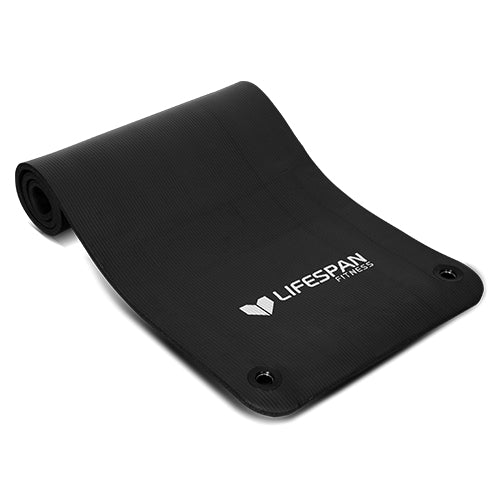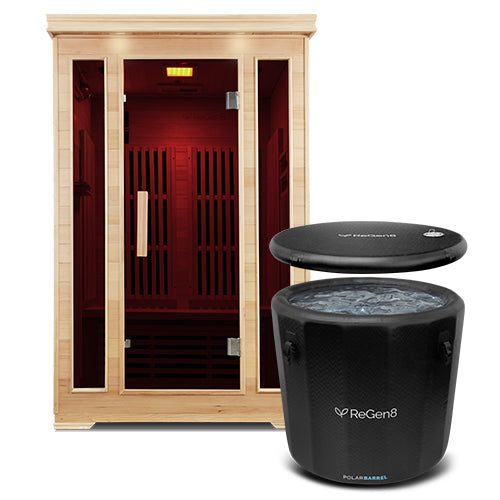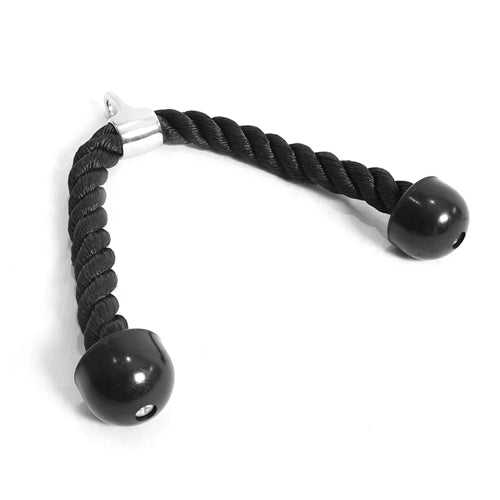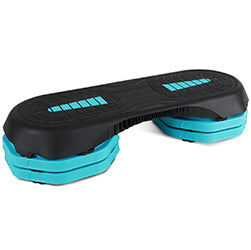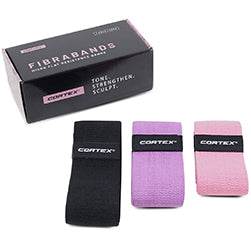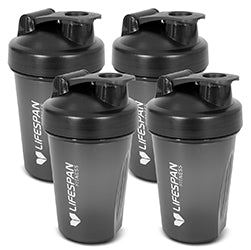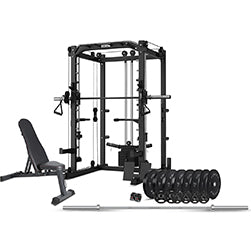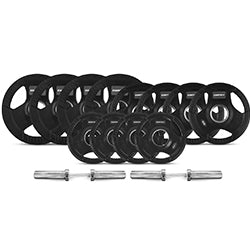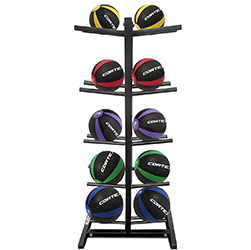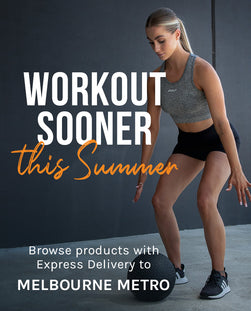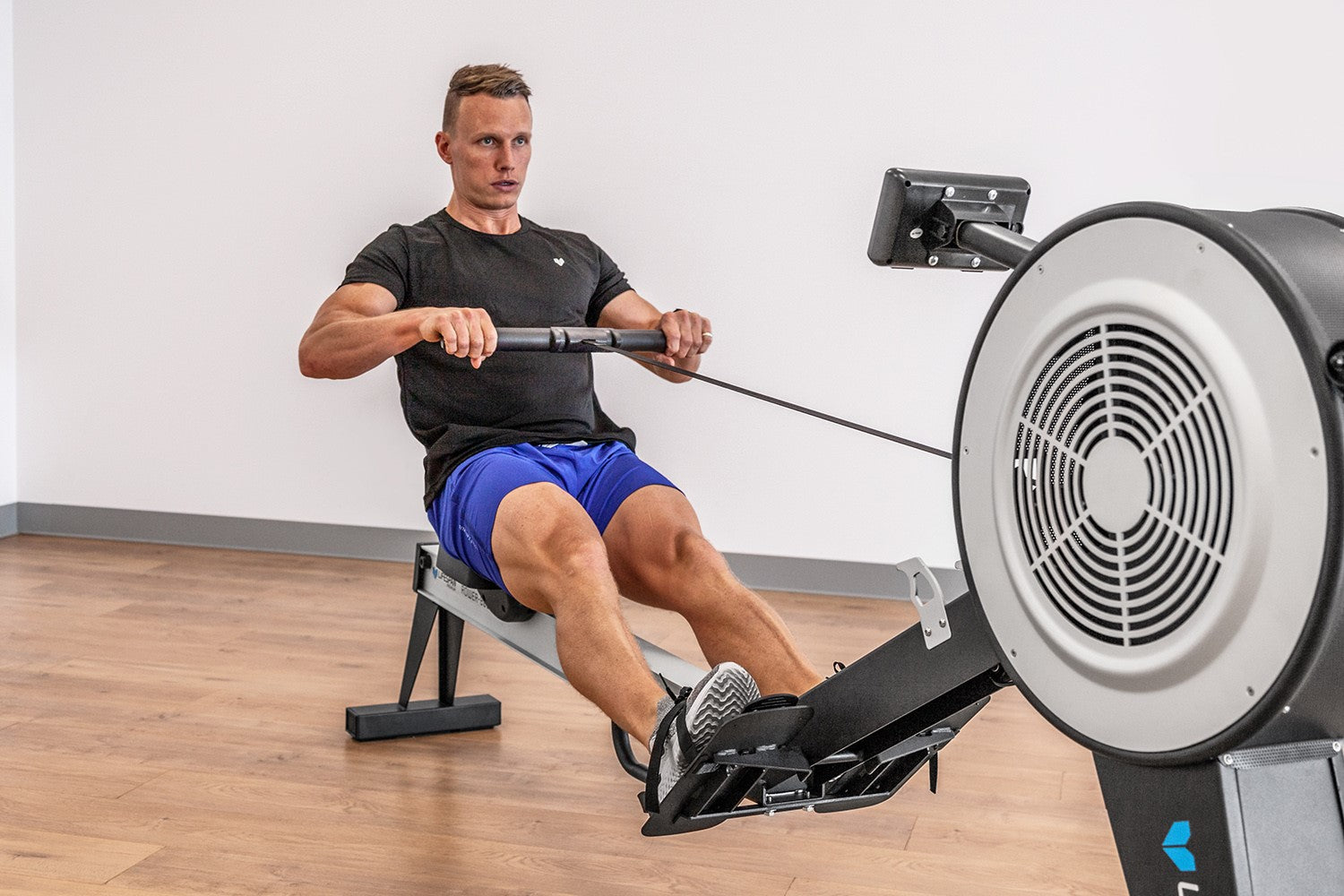

Introduction
Rowing machines are fast becoming one of the most popular home fitness machines, offering a comprehensive and efficient workout that targets multiple muscle groups while giving you a solid calorie burn and improving cardiovascular health. With their ability to engage both upper and lower body muscles simultaneously, rowing machines provide a full-body workout experience that maximises energy expenditure and accelerates fat loss. It does all this without any impact, meaning there is less risk of injury and is accessible for users of all fitness levels and ages.
Here, we're going to delve into the mechanics of rowing and its profound impact on weight loss, uncovering the reasons behind its growing popularity for those wanting to shed excess weight and improve overall fitness.
How Rowing Aids Weight Loss

Rowing machines offer an effective means of achieving weight loss through a combination of mechanics and calorie-burning potential. The rowing motion involves a coordinated effort of the legs, core and arms, generating power through the extension of the legs followed by the engagement of the core and pulling motion of the arms. This integrated movement pattern activates a significant number of muscles, resulting in a high calorie expenditure.
Rowing is also a great cardiovascular workout, elevating heart rate and promoting fat burning during and after the exercise session. This combination of muscle engagement and cardiovascular intensity makes rowing a potent tool for weight loss, offering a full-body workout that efficiently burns calories and accelerates fat loss.
High Calorie Burn
The real key to a rowing machine's effectiveness in facilitating high calorie expenditure lies in the engagement of multiple large muscle groups simultaneously. This comprehensive muscle engagement results in a substantial increase in energy expenditure, leading to a greater calorie burn per session.
Rowing provides a full-body workout experience, requiring significant effort from both the cardiovascular and muscular systems to sustain the rowing motion. As a result, rowing machines offer a highly efficient means of burning calories and promoting weight loss, making them a popular choice for those seeking to maximise the effectiveness of their cardio workouts.
Full-Body Workout
During each rowing stroke, muscles in the legs, including the quadriceps, hamstrings and calves, initiate the movement by pushing against the footplates to extend the legs. Simultaneously, the core muscles, including the abdominals and obliques, engage to stabilise the torso and maintain proper posture. As the stroke progresses, the back muscles contract to pull the handle towards the body, while the muscles in the arms and shoulders, including the biceps, triceps and deltoids, assist in completing the movement.
This coordinated effort of multiple muscle groups results in a full-body workout experience that maximises energy expenditure and promotes overall strength and endurance. By engaging both the upper and lower body simultaneously, rowing machines offer a highly efficient and effective means of burning calories and achieving weight loss goals.
Low Impact
Unlike high-impact exercises such as running on a treadmill, which can place significant stress on the joints, rowing provides a smooth and fluid motion that minimises impact on the knees, hips and ankles. The gliding motion of the rowing machine's seat, combined with the controlled movement of the arms and legs, reduces the risk of injury and discomfort commonly associated with high-impact activities. As a result, people with joint issues or those recovering from injuries can safely engage in rowing to achieve their weight loss goals without exacerbating existing conditions.
With a low-impact workout, users can engage in longer and more sustained workouts, increasing the potential for calorie burn and fat loss while minimising the risk of overuse injuries.
Rowing and Fat Loss

Rowing is closely associated with fat loss due to its ability to promote calorie burn and stimulate metabolism. This relationship is multifaceted, encompassing several factors that contribute to the body's ability to utilise stored fat for energy.
1. Aerobic Exercise
Rowing primarily utilises aerobic metabolism, which relies on oxygen to fuel muscular activity over extended periods. As rowing engages large muscle groups and elevates heart rate, it creates a demand for oxygen that stimulates the body's aerobic energy systems. This prolonged aerobic activity encourages the breakdown of fat stores to meet the increased energy demands, leading to fat loss over time.
2. Interval Training
Interval training involves alternating between periods of high-intensity exercise and active recovery. Rowing machines are well-suited for interval training, allowing you to easily adjust resistance and stroke rate to vary intensity levels.
High-intensity intervals on a rowing machine can elicit a significant metabolic response, triggering the afterburn effect, where the body continues to burn calories at an elevated rate post-exercise. This increased metabolic rate enhances fat loss and contributes to overall calorie expenditure, making interval training an effective strategy for maximising fat loss on a rowing machine.
Incorporating Rowing into a Weight Loss Plan

Integrating rowing into a comprehensive weight loss plan can significantly enhance your results when combined with proper nutrition and goal-setting strategies.
1. Set Clear Goals:
Establish specific and measurable weight loss goals to track your progress and stay motivated. Set realistic targets for weekly or monthly weight loss, as well as fitness milestones such as rowing distance or duration.
2. Consistency and Progression:
Consistency is key to success. Aim for regular rowing sessions, gradually increasing the frequency, duration and intensity over time. Start with shorter sessions and gradually build up to longer workouts as your fitness improves.
3. Nutrition:
Pair your rowing routine with a balanced diet that supports your weight loss goals. Focus on whole, nutrient-dense foods such as lean proteins, fruits, vegetables and whole grains. Monitor your calorie intake to ensure you're creating a calorie deficit necessary for weight loss.
4. Monitor Progress:
Track your workouts and progress regularly to stay accountable and motivated. Keep a workout journal, use fitness tracking apps, or invest in a fitness tracker to monitor metrics such as rowing distance, time and calories burned.
5. Recovery and Rest:
Allow adequate time for rest and recovery between rowing sessions to prevent burnout and injury. Listen to your body and prioritise quality sleep, hydration and stress management to support your weight loss journey.
By incorporating these practical tips into your weight loss plan, you can optimise the effectiveness of rowing as a tool for achieving your fitness goals.
Conclusion

With many different options to choose from, incorporating rowing into your weight loss plan can be a game-changer, offering a versatile and effective means of achieving your fitness goals. By combining regular rowing workouts with proper nutrition, goal setting and other complementary exercises, you can maximise fat loss, improve overall fitness and enjoy long-term success. Remember to stay consistent, monitor your progress and listen to your body to ensure a balanced and sustainable approach to weight loss. With dedication and perseverance, rowing can be a rewarding and enjoyable addition to your weight loss journey.
Browse Lifespan Fitness' premium range of rowing machines, including air, magnetic and water resistance models to cater to your individual needs. And if you have any questions about our range or about rowing machines in general, feel free to reach out to our team and we'll be happy to help you out.




